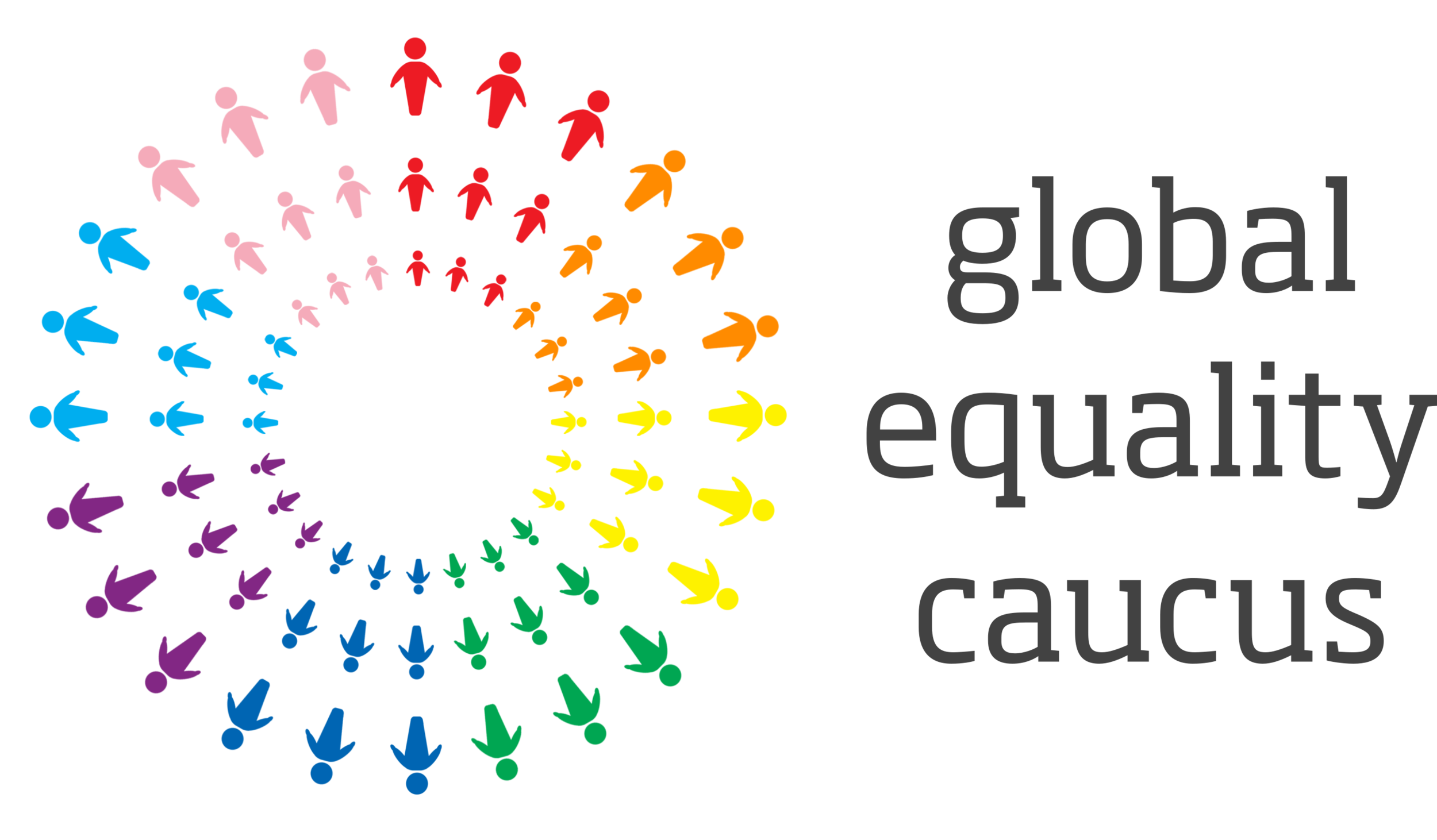What is ‘conversion therapy’?
‘Conversion therapy’ is best understood as a range of practices that attempt to change, suppress or divert somebody’s sexual orientation, gender identity or gender expression.
Conversion therapy practices can take many forms. Historically, practitioners used aversive treatments such as lobotomies and castration. While reports of these practices are now rare, contemporary treatments encompass psychological therapy, spiritual pressure & group prayer sessions, and even exorcisms and electric shock therapies.
There is no scientific evidence that conversion therapy works, and it can cause enduring psychological and physical harm to those who undergo it. Research by the International Rehabilitation Council for Torture Victims has concluded that conversion therapy is akin to torture, as it violates the global prohibition against torture and cruel, inhuman, or degrading treatment.
Conversion therapy may also be referred to as ‘reparative therapy’, ‘reorientation therapy’ or ‘gay cure therapy’, but it is often the case that practitioners will refer to conversion practices as a ‘support service’ for ‘unwanted sexual or gender identities’.
Who is affected by conversion therapy?
Conversion therapies are primarily targeted at LGBT+ people. Those most at risk are people struggling to feel comfortable with their sexuality or gender identity, whether that be because of societal, familial or religious pressure and prejudices.
These homophobic and transphobic prejudices are often deeply ingrained in societies and cultures where LGBT+ people face additional legal barriers to expression. As a result, those at risk of being subjected to conversion practices may feel that they are consenting to the therapy due to internalised homophobia or transphobia. Ultimately, all conversion therapy is coercive as its primary objective is to inflict harm on vulnerable people.
Conversion therapy is offered in the belief that LGBT+ people are disordered and need to be ‘cured’ or ‘corrected’ to regain a heterosexual or cisgender identity. To pathologise LGBT+ identities in this way is out-of-step with modern scientific understanding - the World Health Organisation has not recognised homosexuality as an illness since 1990, and since 2019 no longer classifies ‘gender incongruence’ as a mental disorder.
Where is conversion therapy happening and who are the perpetrators?
In a first-of-its-kind report published in 2019, OutRight International found that conversion therapy practices are occurring nearly everywhere in the world, both in the Global North and South. Religion was the most commonly cited reason for undergoing conversion therapy, although community pressures and a desire to preserve family ‘honour’ also play a role, particularly across Asia.
Generally, religious leaders and institutions are the primary promoters and providers of conversion therapy, particularly where religion and spiritual beliefs are the driving factor in seeking therapy. This is most common in Africa and in Latin America. Services may also be offered by private medical or mental health providers, and these appear to be the most common practitioners across Asia. Traditional faith healers, as well as publicly-funded medical providers, have also been found to offer services in some regions.
A detailed regional breakdown, including information on the frequency of conversion therapy occurence, can be downloaded from OutRight here.
How can we stop conversion therapy from happening?
The complex and often unseen nature of conversion therapy practices means it can be difficult to identify and stop their occurence.
Some countries and jurisdictions have sought to ban conversion therapy through legislation. Germany and Malta, for example, have introduced laws that criminalise coercive conversion therapy regardless of the form it takes, with perpetrators subject to fines or prison sentences. Ecuador prohibits conversion therapy through its Civil Code, and judges in Brazil have ruled that conversion therapy is illegal.
Some countries have not introduced explicit laws that ban conversion therapy, but the practices may be indirectly banned through measures in other pieces of legislation. In some countries, such as Albania, the official medical body or regulator has prohibited conversion therapy which amounts to a ban on medical professionals offering these practices. Such prohibitions do not cover spiritual or community-based therapies, and even where indirect laws exist there may be loopholes.
In countries where conversion therapy is prevalent, this may correlate with a wider legal environment that discriminates against LGBT+ people. Passing laws that decriminalise LGBT+ people and validate human rights would help to delegitimise conversion therapy practices.
The most effective way to stop conversion therapy remains an explicit ban through legislation, which criminalises the perpetrators and offers legal protection for LGBT+ people as recommended by the UN’s Independent Expert on sexual orientation and gender identity. To read more about what a ban might look like, you can read our best practice guide here.
What countries have already banned conversion therapy?
As it stands, 12 countries have explicit measures written into law that prohibit conversion therapy - Belgium, Brazil, Canada, Cyprus, Ecuador, France, Germany, Greece, Iceland, Malta, New Zealand and Spain. Some sub-national jurisdictions, including some states in Australia, Mexico and the United States, have introduced their own legal bans.
Some countries, including Albania, Argentina, Fiji, Nauru, Samoa, and Uruguay have mental health statutes that indirectly prohibit conversion therapies from being offered by medical professionals.
For a full breakdown of legislative progress, you can view our world map here.
What can I do to help?
If you are legislator, you can sign our pledge supporting a ban on conversion therapy. Your name will be added to a public declaration as we mobilise legal action around the world to outlaw these practices for good.
If you are not a legislator but want your representatives to take action, you can access our lobbying tool to download a letter and search for who represents you and how to contact them.



